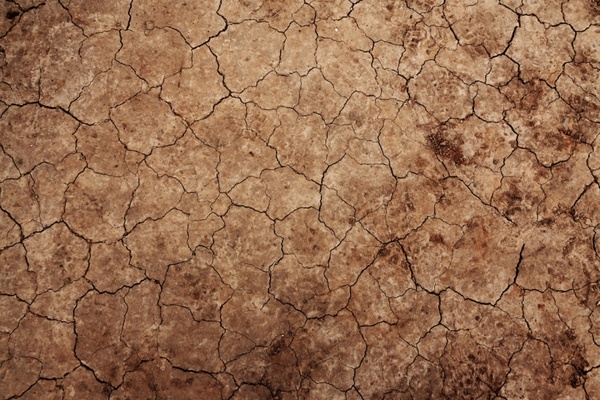The alcohol percentage in wine is a hot topic of discussion for wine drinkers. This conversation is often about the noticeable difference in wines over the past decade, as some wines have crept up from a “norm” of 13.5 percent to as high as 17 percent.
What determines a wine’s alcohol content is straightforward. As grapes ripen they accumulate sugar, which is then converted to alcohol during the fermentation process. Grapes with more sugar produce wines with more alcohol. Grape climate sets a wine’s alcohol level.
Some grapes are naturally higher than others in sugar, but growing conditions as well as terroir have a large impact. If the grape has to struggle to ripen, it may have less natural sugar, resulting in a lower alcohol wine. If the grape is growing in a warm or hot climate, it will most likely have high levels of sugar.
Wine grapes are like any other fruit. If you have ever picked a strawberry before it’s ripe and taken a bite, then enjoyed a berry from the same crop that was left to slowly ripen on the plant with ample sun and ripening power, the sweetness level is dramatically different.
U.S. law permits a 1.5 percent variance from the ABV (alcohol-by-volume content) printed on the wine label.
VERY LOW
Wines with less than 12.5 percent alcohol are considered very low alcohol wines. These include rose, white German riesling, Portugal’s vinho verde, French Vouvray, Italian Asti, Italian Prosecco.
THE VALUE
- 2015 Famega Vinho Verde Blanco, Portugal (about $9 retail)
THE SPLURGE
- 2015 Zonin Prosecco, Italy (about $17 retail)
LOW
Wines with 12.5 percent to 13.5 percent alcohol fall into the low alcohol category. These include Spanish Cava, California sparkling, Champagne, Italian pinot grigio, Oregon pinot gris, Spanish or California albarino, Beaujolais and Spanish Rioja.
THE VALUE
- 2015 A to Z Pinot Gris, Oregon (about $14 retail)
THE SPLURGE
- 2015 Stasis Albarino, California (about $45 retail)
HIGH
Wines with 13.5 to 14.5 percent alcohol are high alcohol wines and include California chardonnay, Australian chardonnay, Australia shiraz, Barolo, Chilean merlot, and California cabernet sauvignon.
THE VALUE
- 2015 Matchbook Chardonnay, California (about $15 retail)
THE SPLURGE
- 2014 Force of Nature Cabernet Sauvignon, California (about $26 retail)
VERY HIGH
Wines exceeding 14.5 percent alcohol are very high alcohol wines. Examples include Spanish sherry, California zinfandel, Amarone and port.
THE VALUE
- NV Osborne Sherry, Spain (about $14 retail)
THE SPLURGE
- 2014 Earthquake Zinfandel, California (about $26 retail)
